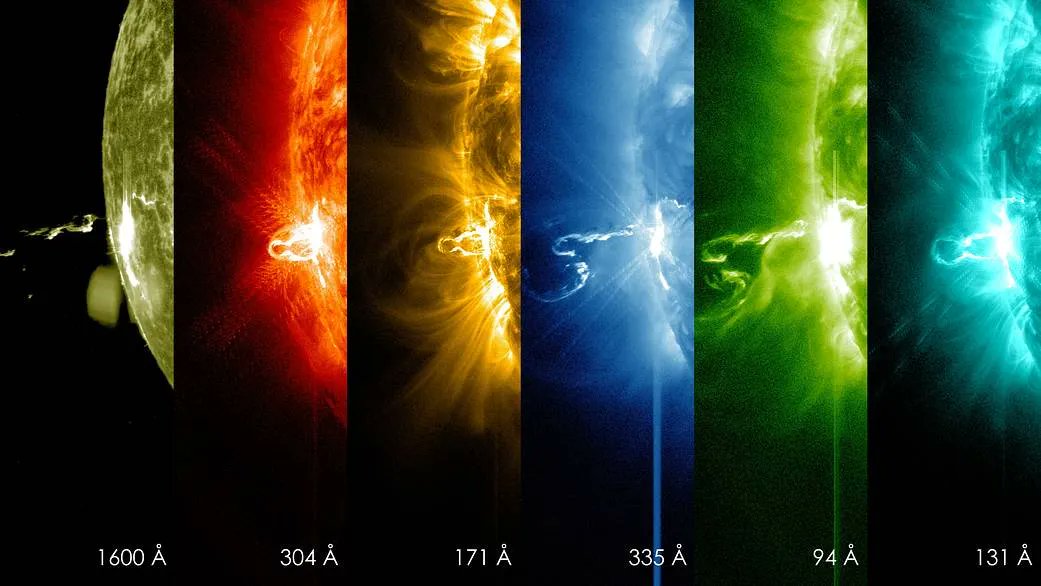One of the beauties of modern-day space telescopes is that the data they produce, which is eventually wholly released to the public, contains useful information about much more than their primary mission objective. Other astronomers can then sift through the data using their own ideas, and in many cases, their own algorithms. Recently, a team from Poland turned a flare-searching algorithm on TESS’s planet-hunting data, and found an astonishing 25,229 stars with solar flares in the data set.
Even more impressively, those stars emitted a total of 147,368 total flares. Each star was observed on average for around 25 days, which is a significant amount of data considering a total of 330,000 stars from TESS’s first 39 “sectors” of observation, which served as the basis for this new study.
The other key component of the study was a software called WARPFINDER, developed by the studies authors, which finds and analyzes solar flares. When applied to TESS’s data, flare on 7.7% of all observed stars, and many of those flares they found to be so-called “super-flares” with energies between 1032 and 1036 erg, a common energy measurement for the power of stars. These are much more powerful than typical solar flares observed on our own Sun, which has a typical power flare energy of 1027 erg. This would imply that many smaller flares were invisible to TESS at such far distances.
However, several patterns also emerged in the data. WARPFINDER had to be good enough to eliminate potential false positives, such as local asteroids coming into the telescopes vision. The program seemed to have trouble with any spectral type earlier than F1, which is the hottest type of F spectral star, and about 1.6 times the mass of our own Sun. Such hot stars have luminosity data that change too rapidly to effectively sort out whether or not a flare is the cause of any increase in luminosity.
Other spectral characteristics also seem to impact the presence of flares. For example, most of the stars that exhibited flares did not have temperatures over 8,000K. And many type M stars, which, while being the most common in the galaxy, might also have a flare incidence rate of more than 50%.
Much of this study is simply confirming statistics found in other stellar flare studies. But science moves forward when such data are indeed verified. And the unique way these data were collected and then analyzed for a novel use case makes the study interesting in its own right. With ever more access to data from even more advanced space telescopes, and ever more people attempting to analyze that data, there will undoubtedly be similar studies that follow.
Learn More:
Pietras et al. – Statistical Analysis of Stellar Flares from the First Three Years of TESS Observations
UT – The Sun is less active magnetically than other stars
UT – Killer Solar Flare… on Another Star
UT – A Sun-Like Star Just Blasted out a Flare That Would be Devastating if it Happened Here
Lead Image:
Different spectra of a solar flare on our own sun.
Credit – NASA / SDO / Goddard’s Scientific Visualization Studio

